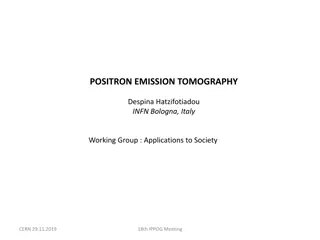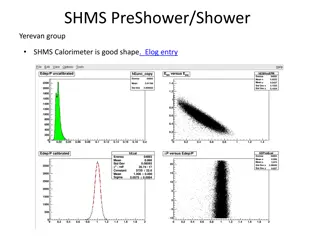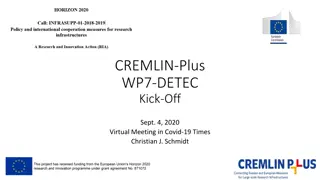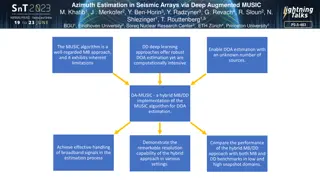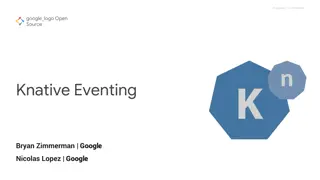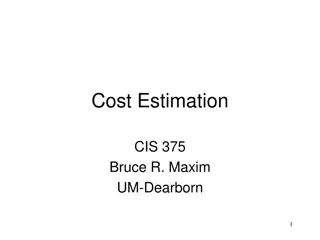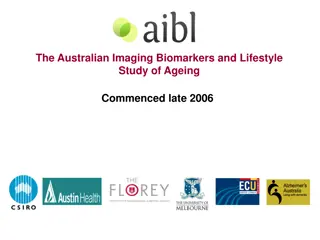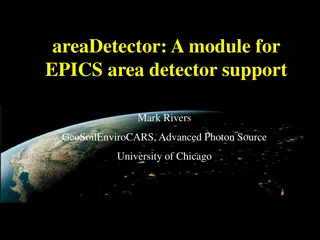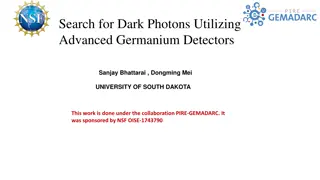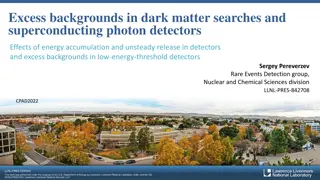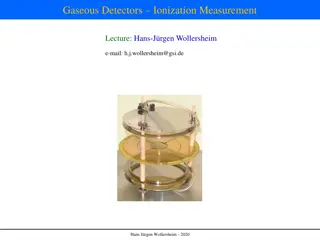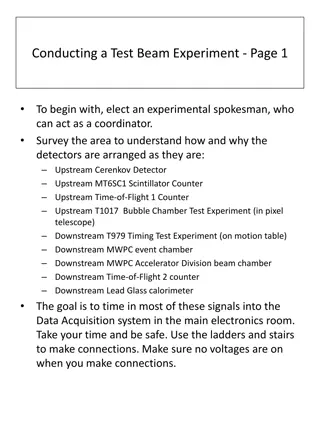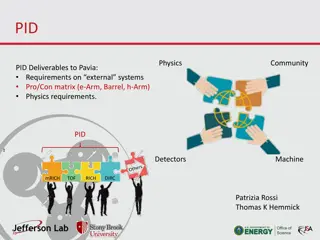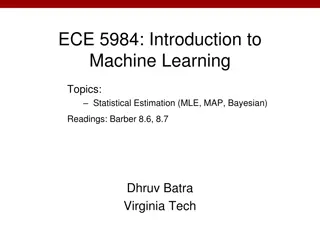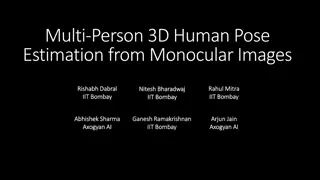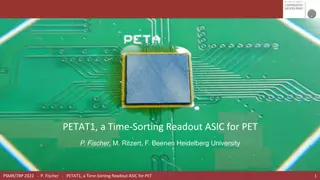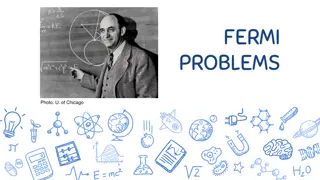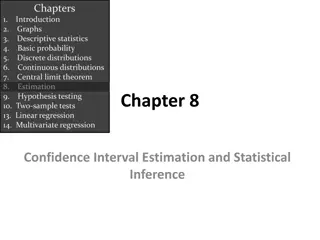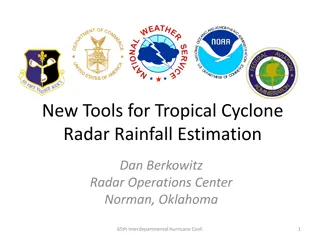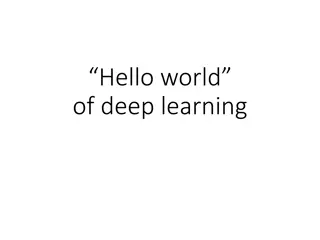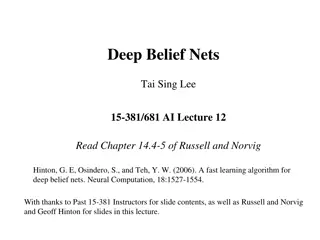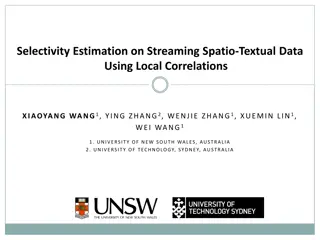Deep Learning for Time Estimation in Monolithic PET Detectors
This study focuses on utilizing deep learning techniques for time estimation in monolithic PET detectors using digitized readouts. The proposed detector design includes a polished LYSO reflector, 6 virtual DOI layers, and an 8x8 SiPM array. Simulation studies and dataset generation for training the model are also discussed, highlighting the importance of accurate timing capabilities in PET imaging.
Download Presentation

Please find below an Image/Link to download the presentation.
The content on the website is provided AS IS for your information and personal use only. It may not be sold, licensed, or shared on other websites without obtaining consent from the author. Download presentation by click this link. If you encounter any issues during the download, it is possible that the publisher has removed the file from their server.
E N D
Presentation Transcript
Department of Electronics and Information Systems Medical Image and Signal Processing Deep learning for time estimation in monolithic PET detectors using digitized readouts 30/05/2022 PSMR-TBPET 2022 Jens Maebe Prof. Stefaan Vandenberghe
Monolithic PET detectors Monolithic PET detectors Cons Pros Cost-efficient Depth-of-interaction information Good spatial resolution (~ 1 mm) More advanced methods needed for positioning Calibration required Timing capabilities? 2
Proposed detector Proposed detector Top: polished + specular reflector LYSO 16 mm Sides: rough + absorbing paint 50 mm 1.14 mm FWHM spatial resolution + 6 virtual DOI layers (experimental results) [1] 8x8 SiPM array 50 mm SensL J-Series 60035 SiPMs Timing capabilities? simulation study using digitized readout 2 gamma time prediction methods Deep learning using detector waveforms Leading edge discrimination + timestamp averaging [1] Stockhoff, Mariele, et al. High Resolution Monolithic LYSO Detector with 6-Layer Depth-of-Interaction for Clinical PET. PHYSICS IN MEDICINE AND BIOLOGY, vol. 66, no. 15, 2021, doi:10.1088/1361-6560/ac1459. 3
Simulation Simulation GATE simulation Gamma interactions Photoelectric effect, Compton scatter, Rayleigh scatter, Scintillation process Optical photon tracking SiPM simulation Sum of bi-exponential functions [2]: [2] Fabio Acerbi, & Stefan Gundacker (2019). Understanding and simulating SiPMs. Nuclear Instruments and Methods in Physics Research Section A: Accelerators, Spectrometers, Detectors and Associated Equipment, 926, 16-35. 4
Simulation: Simulation: SiPM SiPM signals signals parameters based on SensL J-Series 60035 SiPMs operating at +6 V overvoltage Photon detection efficiency (50%) Dark counts (150 kHz/mm2) Single photon time resolution ( = 50 ps) Prompt optical crosstalk (p = 25 %) Electronic noise ( = 0.1 p.e.) Rise time r(114 ps) Fall time f(50 ns) Optical photon ? 100 ps time steps ? 500 ns 0 ns 5
Dataset generation Dataset generation 511 keV 100 ps FWHM Only 511 keV energy deposits t 10M events 2M testing 6M training 2M validation 6
Method 1: deep learning Method 1: deep learning Baseline correction + truncate signals to 3 ns CTR = 141 ps FWHM t 31 x 8 x 8 input 3D-CNN 7
Method 2: timestamp averaging Method 2: timestamp averaging Baseline correction + leading edge discrimination Average of first N timestamps t CTR = 177 ps FWHM optimal threshold: 0.6 p.e. optimal # timestamps: 4 8
Time resolution: summary Time resolution: summary 32% 26% 37% 9
Time resolution: spatial dependency Time resolution: spatial dependency averaging 3D-CNN SiPM surface (ps) FWHM (ps) FWTM (ps) 2D position (mm) Interaction depth (mm) 2D position (mm) 10
Time resolution: sampling rate dependency Time resolution: sampling rate dependency 11
Concluding remarks Concluding remarks 26% 37% improvement compared to conventional methodology Good uniformity Appreciable performance for lower sampling rates Simulation study! 12
Department of Electronics and Information Systems Medical Image and Signal Processing Thank you for your attention. Jens.Maebe@UGent.be


